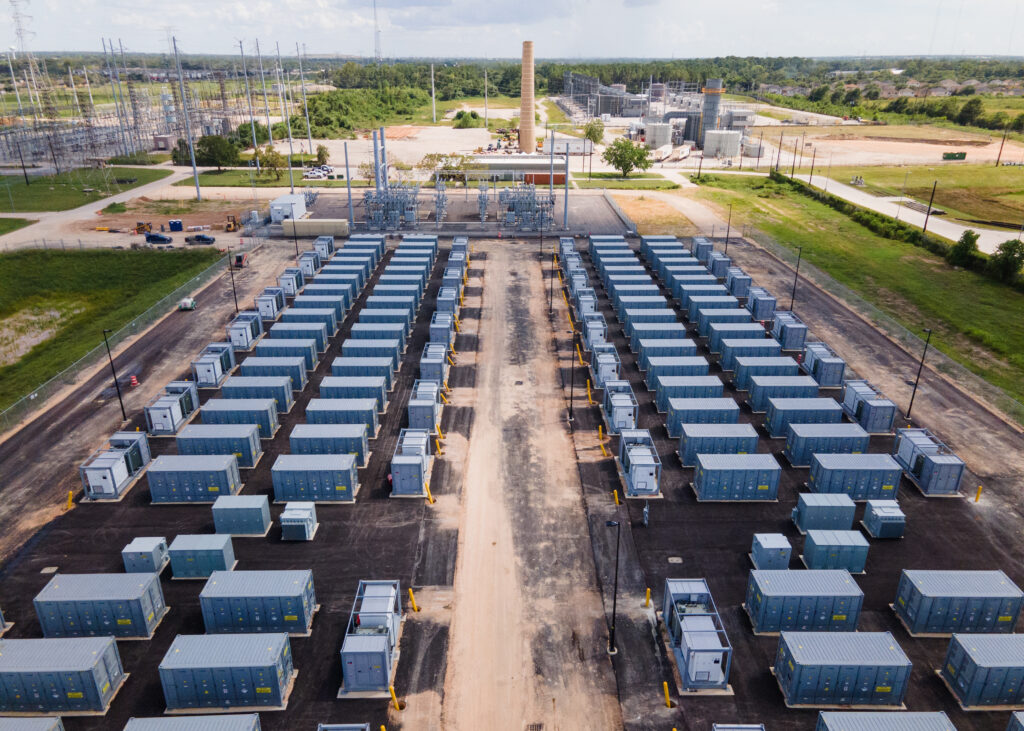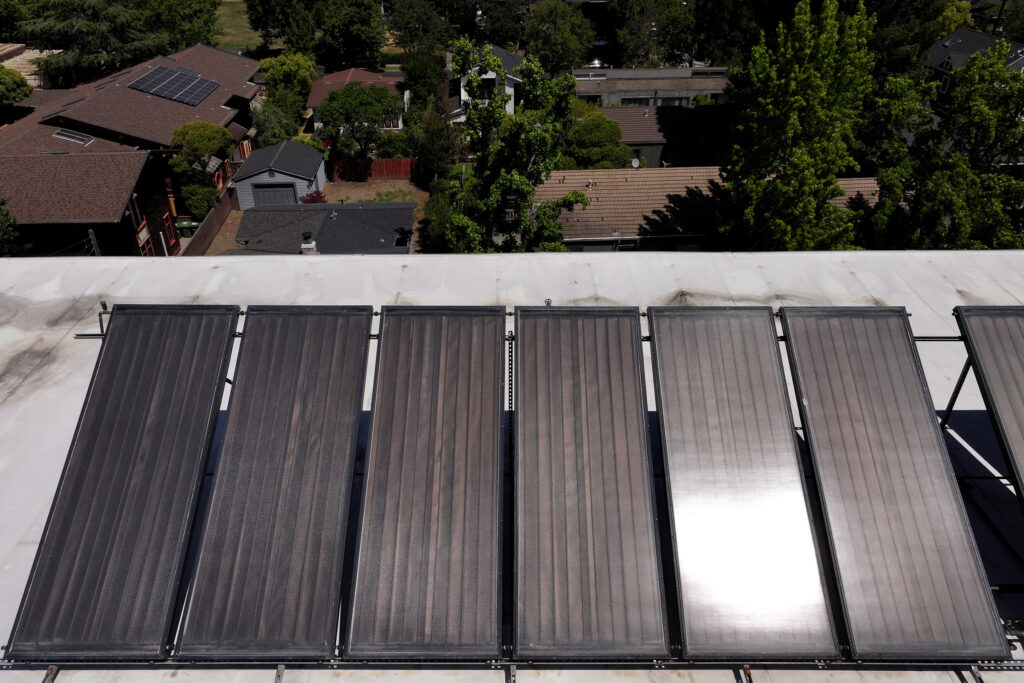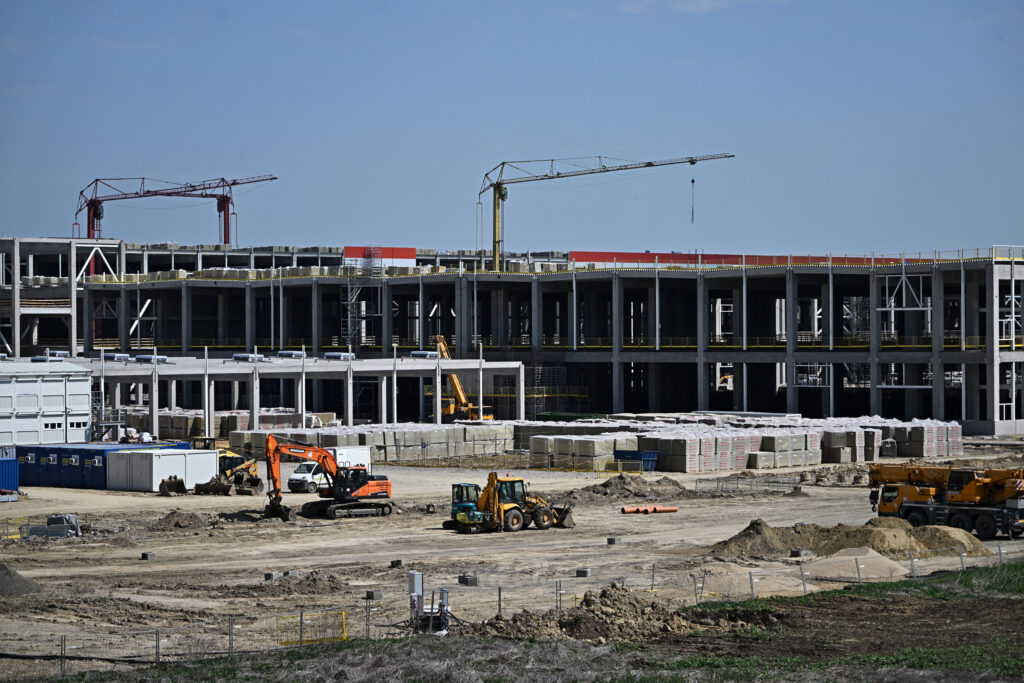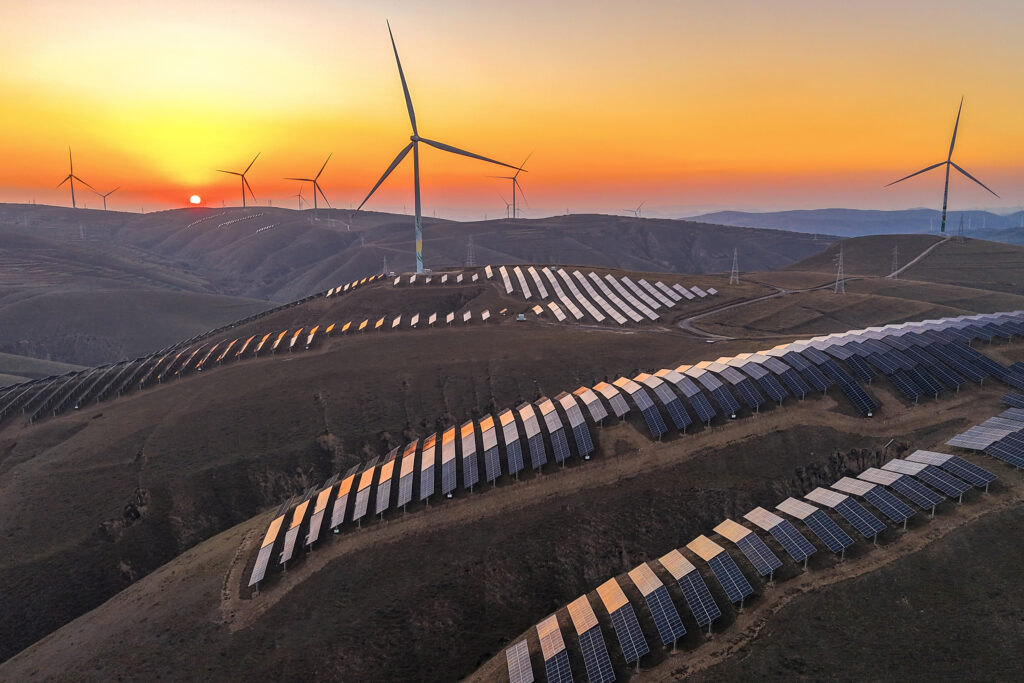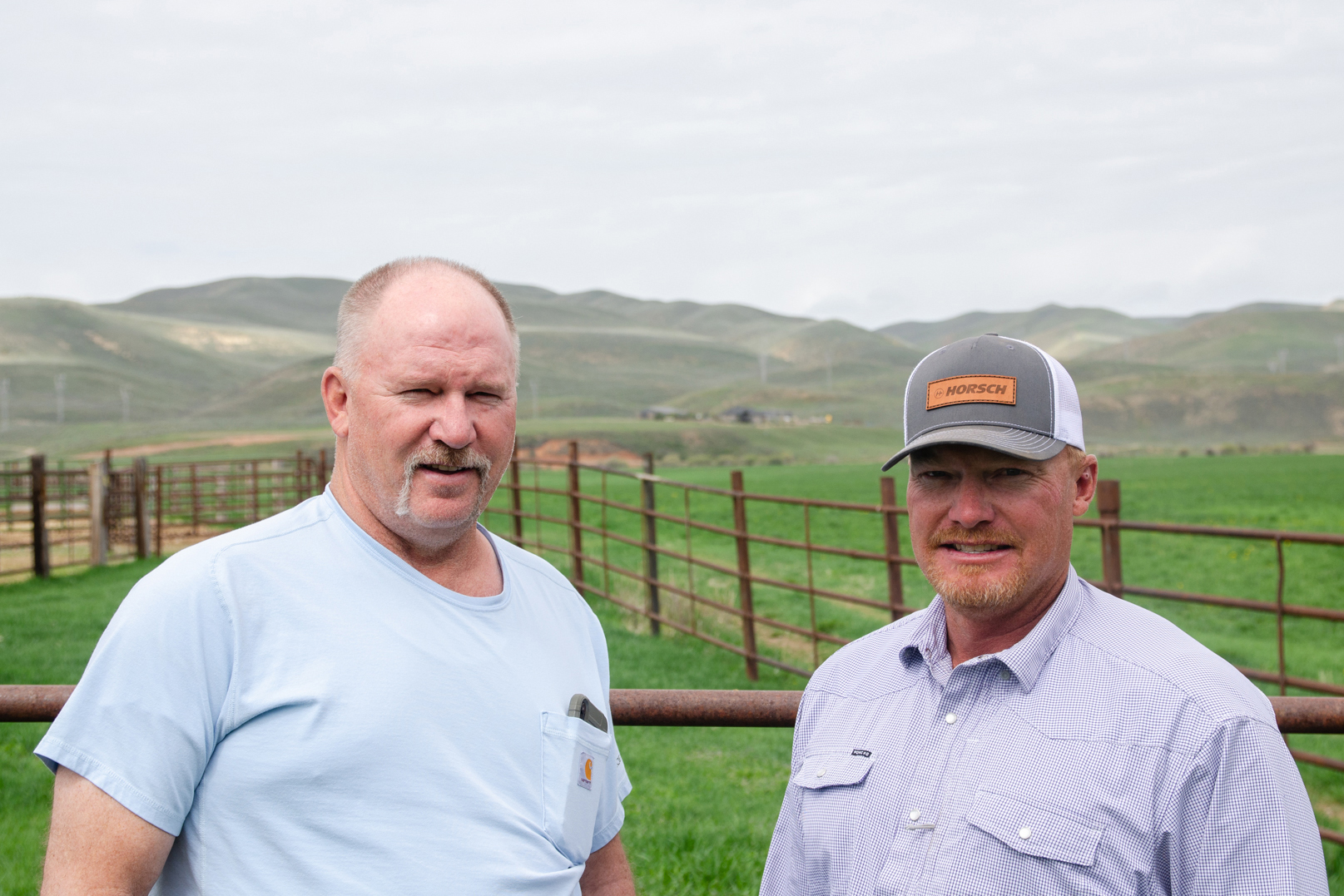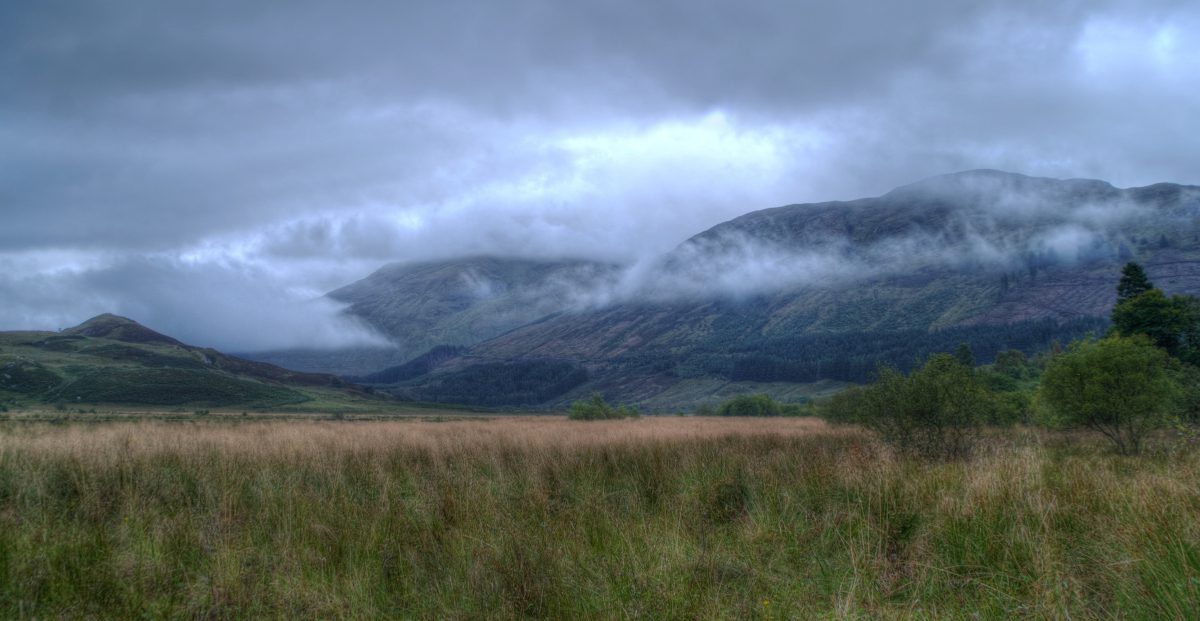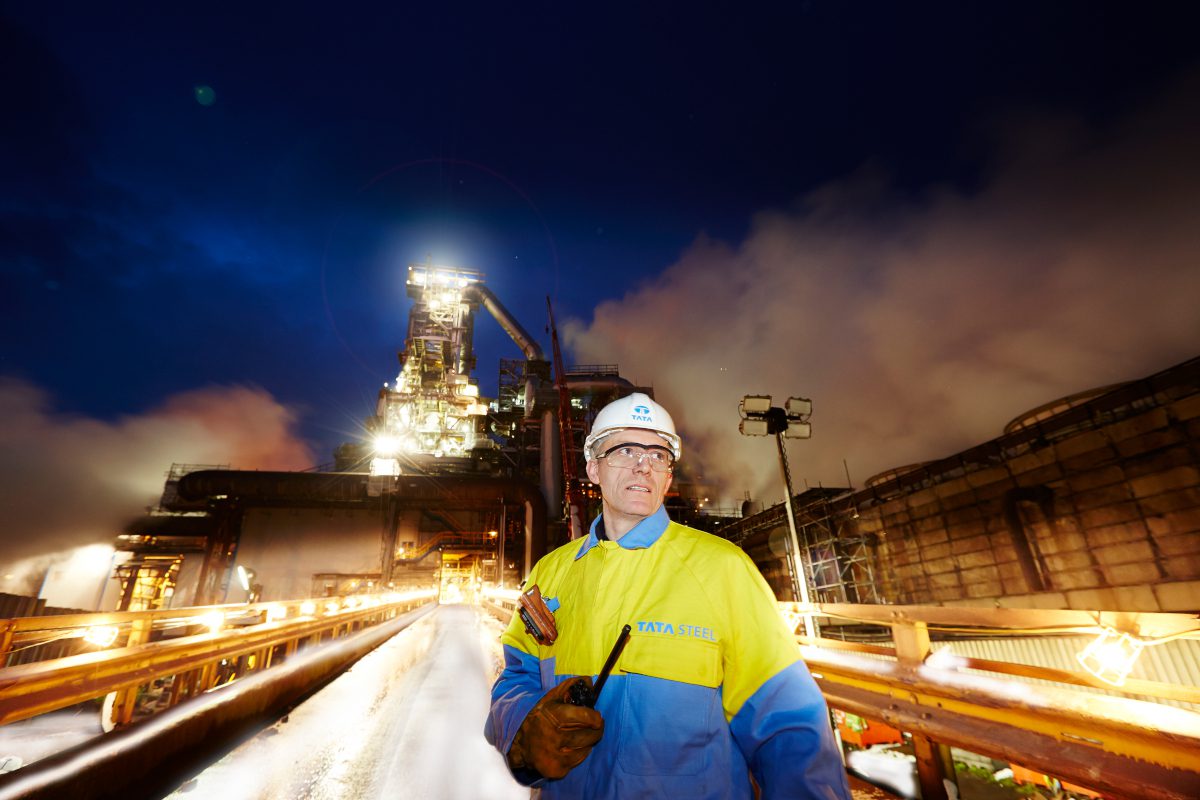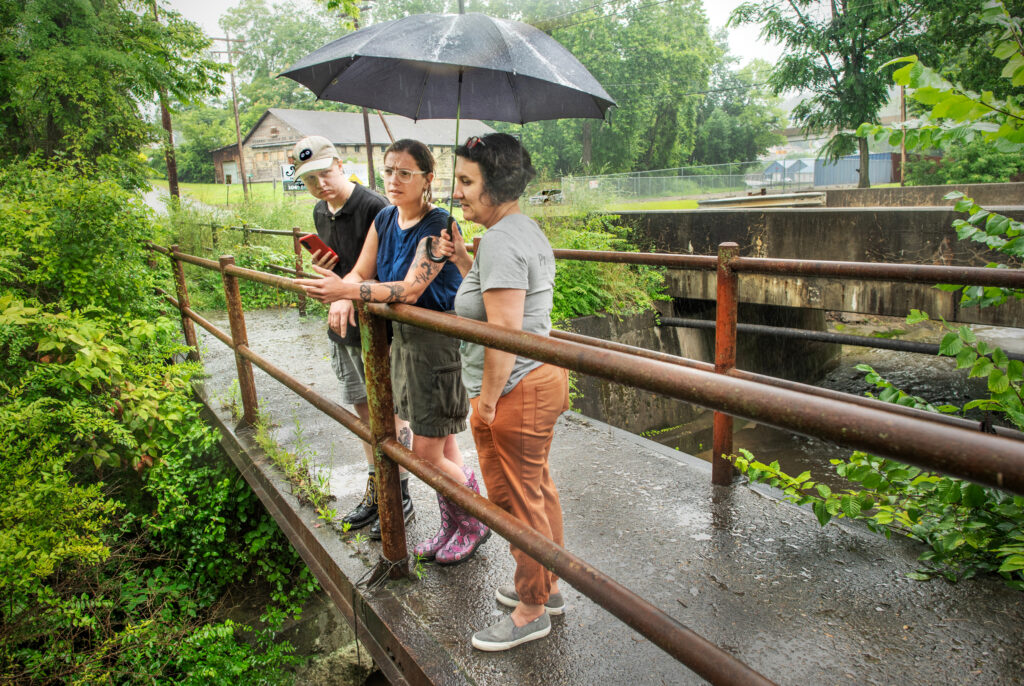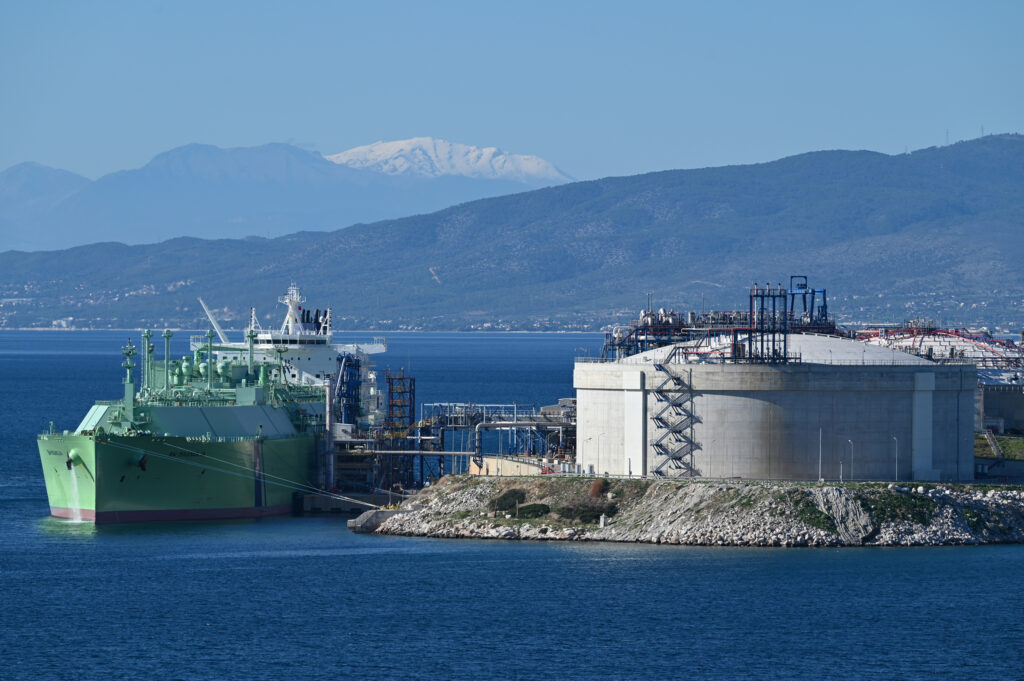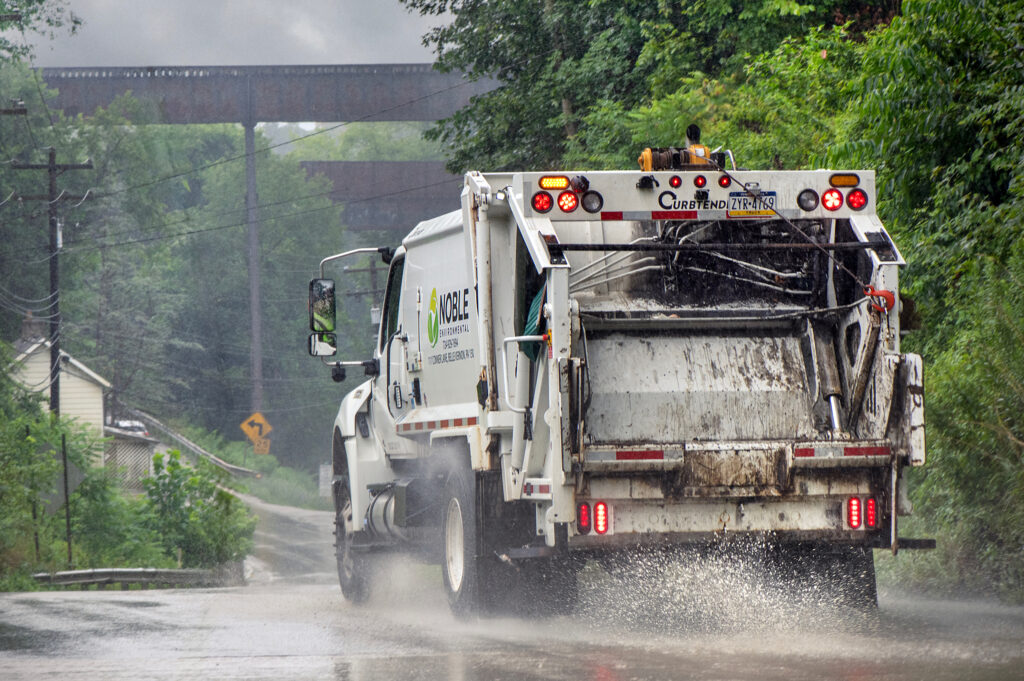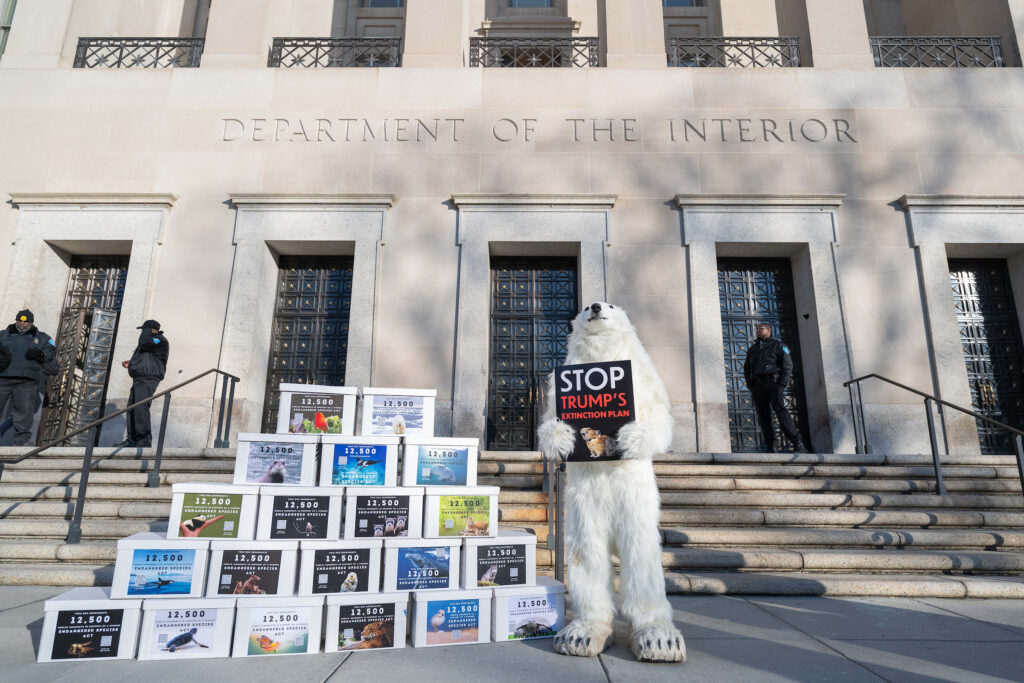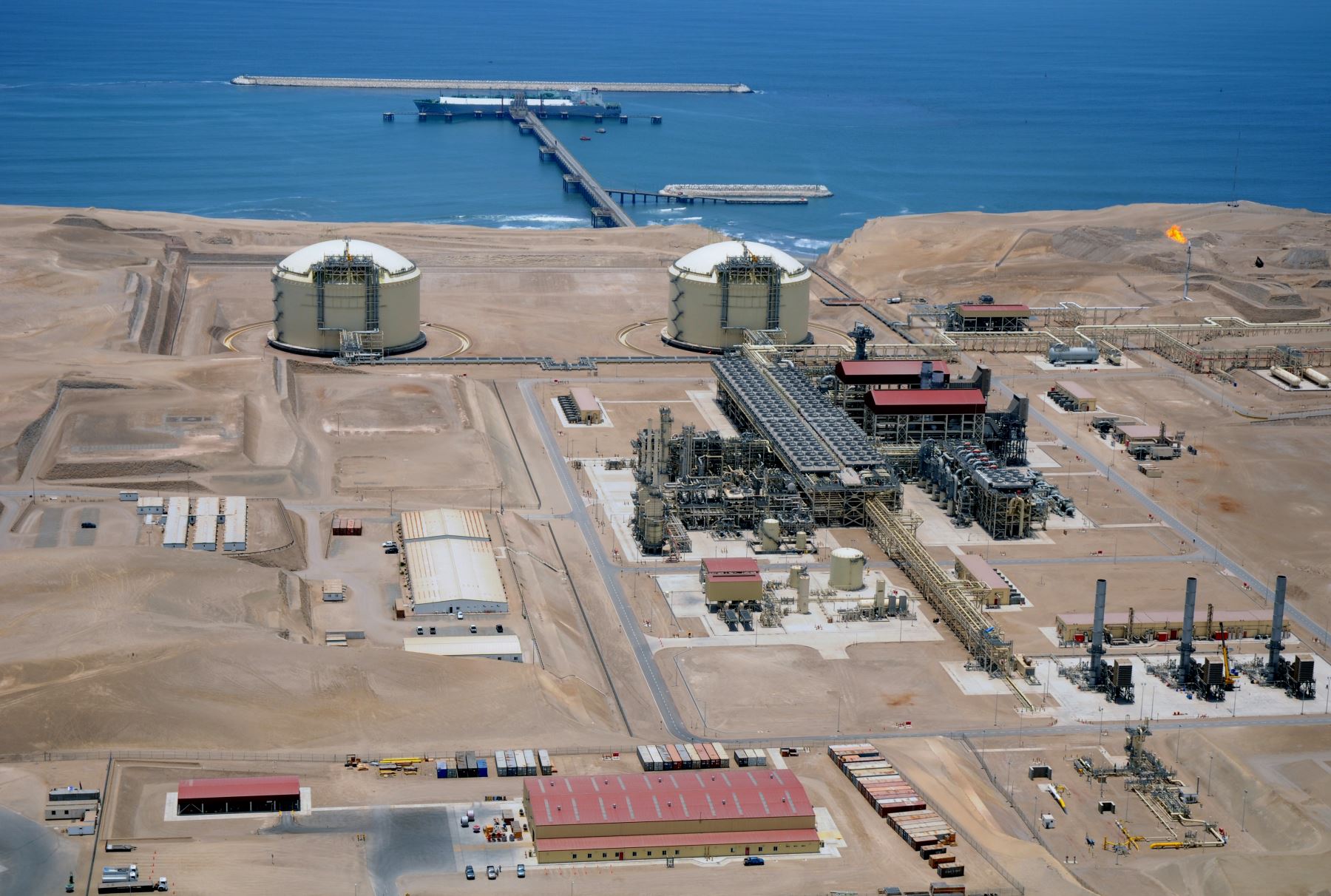SAVANNAH, Ga.—Imagine driving past a solar farm and underneath the panels, you see a field of yellow flowers dancing in the wind.
Soil scientist Christina Hebb asked a room of solar developers to picture this scene at a conference here last week of the Solar Energy Industries Association (SEIA), the nonprofit that advocates for the solar industry.
“Planting flowering species help re-establish pollinator habitat and increase pollinator species that not only benefits the site but will increase production and crop yields for neighbouring properties. So it’s very helpful, not to mention people driving past the solar farm and they’re like, ‘Wow, that actually looks really good,’” said Hebb.
Hebb works to manage the soil of solar projects planned, built and managed by the company she works for, McCarthy Building Companies, which develops and constructs large-scale solar projects across the country, often on former farmland.
As the United States builds and maintains more solar farms, attention is turning to how to make them more sustainable. Much of that focus is on the ground beneath the panels, where developers are learning how to manage soil to meet permit requirements, reduce costs and protect the land. Hebb saw this shift firsthand after joining McCarthy as its in-house soil scientist in 2021, following years as a consultant.
Expanding solar farms reshape landscapes and nearby communities. Building them can clear vegetation and compact soil, disturbing drainage, crops and ecosystems. More developers now recognize that healthy soil supports both local livelihoods and the durability of their projects.
Flowers help keep weeds from overtaking the soil beneath solar panels, making it easier for maintenance crews to work safely and reducing the risk of fire. But planting flowers is only one of many steps developers can take to make solar farms more sustainable.
Some solar farms have planted low-growing grasses that sheep graze on, keeping vegetation in check while providing local farmers with pasture income. Others have introduced barn owls to hunt prey that chew on wires and nest inside electrical equipment, showing how tending to both the surface and the soil can make solar energy systems more resilient.
Read More
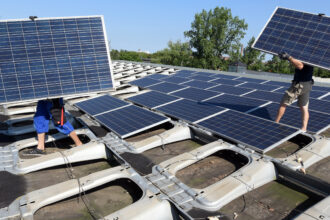
As EPA Stalls, States Are Left to Handle Solar Panel Waste
By Rambo Talabong
In the Southwest, researchers have found that growing crops beneath solar panels can help both plants and panels thrive. Shade from the panels protects crops from extreme heat while moisture from the vegetation cools the panels and boosts their efficiency. Farmers in Arizona and Colorado have reported higher yields and lower irrigation needs in these so-called “agrivoltaic” systems.
These practices echo a growing body of research showing that solar projects can improve soil health and local biodiversity when managed right. A 2019 National Renewable Energy Laboratory (NREL) study found that native grasses planted beneath solar arrays improve soil structure, reduce erosion and even help cool panels, making them more efficient.
But these examples take place after construction has begun. Hebb urged developers to care for the soil long before the first panel arrives on site.
The very first thing developers should do, according to Hebb, is to consider the topsoil—the thin, dark layer usually 5 to 10 inches deep that lets plants grow and keeps the ground healthy.
Topsoil forms slowly, with just a few inches taking hundreds to thousands of years to accumulate as rocks break down and organic matter from plants and animals builds up. It holds most of the soil’s life and fertility, containing the microbes, nutrients and moisture that plants depend on. But construction work such as grading, scraping and heavy vehicle traffic can destroy it in days by compacting the ground and stripping away its living layer.
Too often, Hebb said, solar companies mix or scrape it away when “grading,” or leveling the ground to install rows of panels, leaving behind hard soil that can’t easily recover.
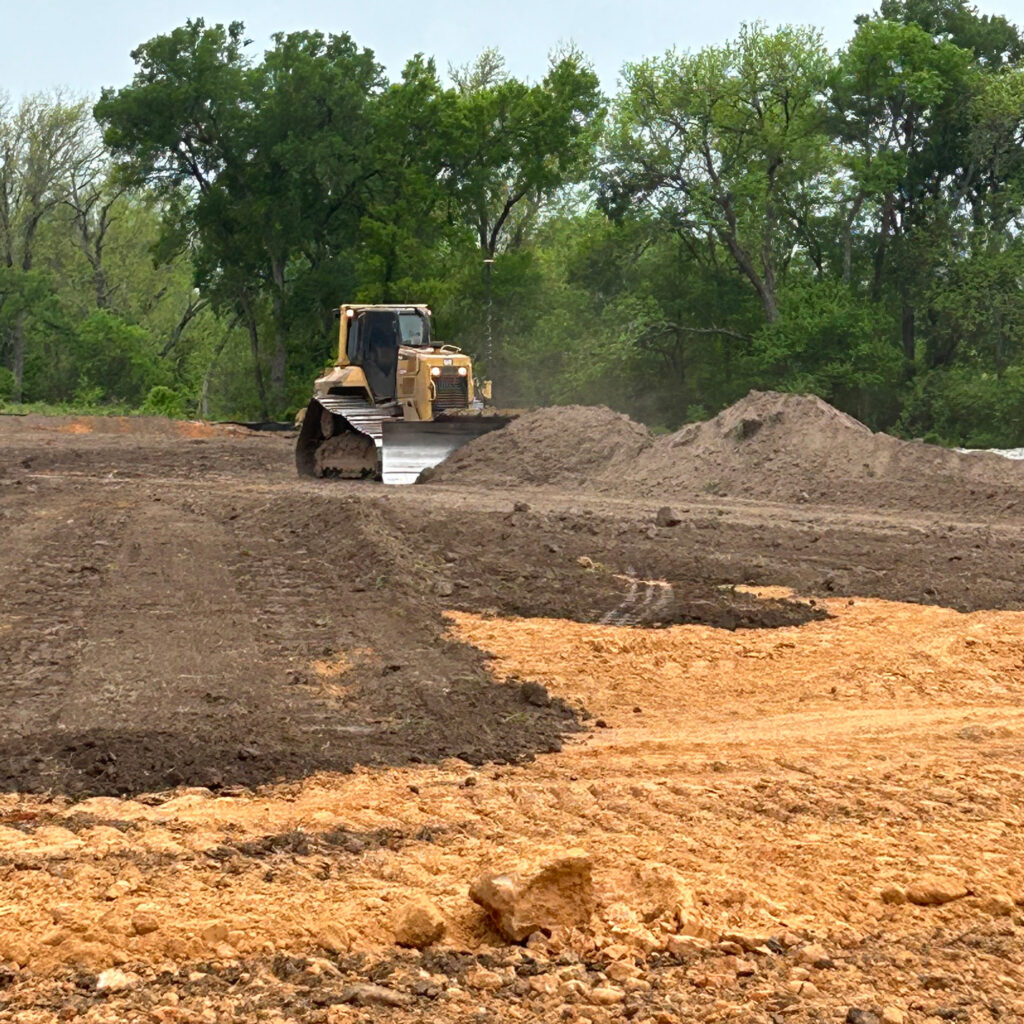

Hebb encouraged developers to map and save the topsoil before building begins, removing and storing it carefully so it can be spread back later. That way, once construction is done, the soil still has the nutrients and structure needed for grasses, flowers, or grazing pastures to take root in the decades that the solar farm stands and the many more once it’s decommissioned.
“I think one policy that I would recommend is that you have to save topsoil. Whether you save all the topsoil or you save a certain amount, I think topsoil needs to be saved because it is, in our lifetime, a non-renewable resource,” Hebb explained.
So far, only a few states require that kind of soil care. In places like New Jersey, construction projects must replace at least five inches of topsoil and loosen the ground underneath to prevent compaction once work is finished. In Virginia, new solar rules require developers to map and protect prime farmland and if more than 10 acres are disturbed, they must offset the loss through conservation or practices such as preserving and replacing topsoil, decompacting soil and maintaining vegetation.
At the federal level, the Department of Agriculture’s Natural Resources Conservation Service (NRCS) released a fact sheet in 2024 encouraging developers to minimize soil disturbance, preserve topsoil and plant perennial or pollinator-friendly vegetation to stabilize the land.
For now, most solar companies follow these practices voluntarily, often driven by sustainability goals or local partnerships with farmers rather than by regulation.
This story is funded by readers like you.
Our nonprofit newsroom provides award-winning climate coverage free of charge and advertising. We rely on donations from readers like you to keep going. Please donate now to support our work.
Donate Now
For Amanda Pankau, a director at the conservation nonprofit Prairie Rivers Network in Chicago, the importance could not be emphasized enough. Pankau was a panelist at the conference on land stewardship—the idea that the energy transition can heal the land instead of just using it.
Pankau works with communities in Illinois, which is home to one of the most fertile soils in the world. According to data, less than 1 percent of Illinois prairie is left.
“My father was the state soil scientist of Illinois,” she said. “I grew up understanding the wealth of our soils. They developed here in central Illinois under 10,000 to 15,000 years of prairie vegetation.”
Those ancient prairies produced the dark, carbon-rich topsoil that sustains the state’s agriculture today. But that soil, Pankau explained, has been steadily depleted by decades of industrial farming.
“Over 60 percent of our land in Illinois is used for just three crops: corn, soybeans and wheat. And most of them are grown in a way that isn’t sustainable,” she said. Fertilizers and pesticides wash into rivers, while bare fields erode in windstorms that now recall the Dust Bowl.
“We have an opportunity with solar to improve upon the status quo,” said Pankau.
Solar arrives in a landscape shaped by a history of skepticism. Pankau explained that many rural residents she’s spoken with see the technology as a threat to farmland that “feeds the world.”
But she said that argument misses a crucial fact: much of Illinois’ corn goes to ethanol, not food. And the state imports about 95 percent of what its people eat.
“Solar is borrowing the land for a certain amount of time,” she said. “It can be returned to farming in the future.”
In Illinois, state law already requires Agricultural Impact Mitigation Agreements, which dictate how solar projects handle soil and drainage under oversight from the Illinois Department of Agriculture.
“We’re lucky to have that,” Pankau said. “But there’s still room for improvement.”
About This Story
Perhaps you noticed: This story, like all the news we publish, is free to read. That’s because Inside Climate News is a 501c3 nonprofit organization. We do not charge a subscription fee, lock our news behind a paywall, or clutter our website with ads. We make our news on climate and the environment freely available to you and anyone who wants it.
That’s not all. We also share our news for free with scores of other media organizations around the country. Many of them can’t afford to do environmental journalism of their own. We’ve built bureaus from coast to coast to report local stories, collaborate with local newsrooms and co-publish articles so that this vital work is shared as widely as possible.
Two of us launched ICN in 2007. Six years later we earned a Pulitzer Prize for National Reporting, and now we run the oldest and largest dedicated climate newsroom in the nation. We tell the story in all its complexity. We hold polluters accountable. We expose environmental injustice. We debunk misinformation. We scrutinize solutions and inspire action.
Donations from readers like you fund every aspect of what we do. If you don’t already, will you support our ongoing work, our reporting on the biggest crisis facing our planet, and help us reach even more readers in more places?
Please take a moment to make a tax-deductible donation. Every one of them makes a difference.
Thank you,





